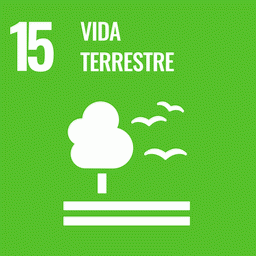This article presents a 21st Century agenda for Amazonian conservation. The agenda calls for developing a system of refugia and a scientific methodology for predicting impacts of the infrastructure development vision for the region. It also calls for a collaborative approach to conservation planning, in the interest of fruitful engagement with decision-makers and stakeholders. The ideas explored here emerged from the collaboration of peers over a decade, which culminated in a panel presentation, Scientific Analysis, and Simulation Models to Support Conservation and Development Decision-Making, at the Tools and Strategies Workshop held at the University of Florida in October, 2017.
Sociobiodiversidade e Agroecologia da Amazônia – Resultados do Projeto Mercados Verdes e Consumo Sustentável
Esta publicação apresenta um resumo das principais atividades e resultados atingidos pelo projeto de cooperação técnica Mercados Verdes e Consumo Sustentável, entre a Deutsche Gesellschaft für Internationale Zusammenarbeit – GIZ GmbH e o Ministério de Agricultura,...
